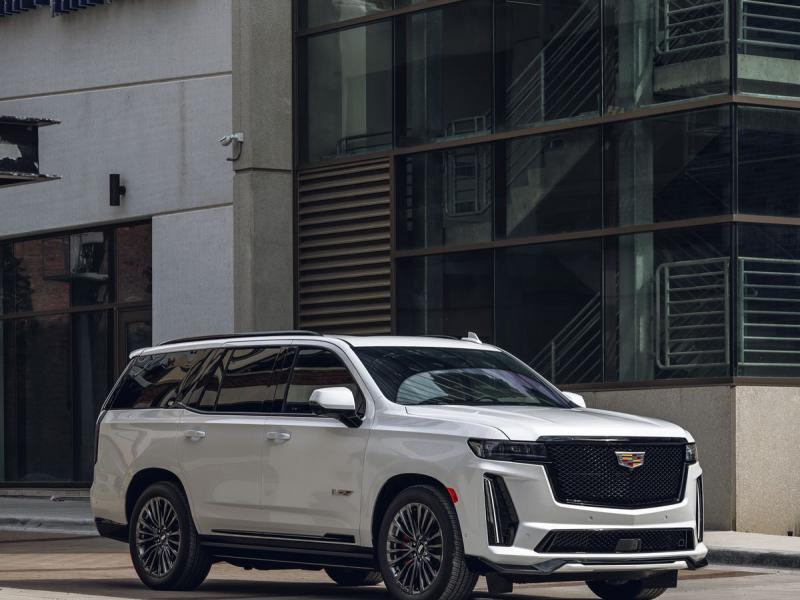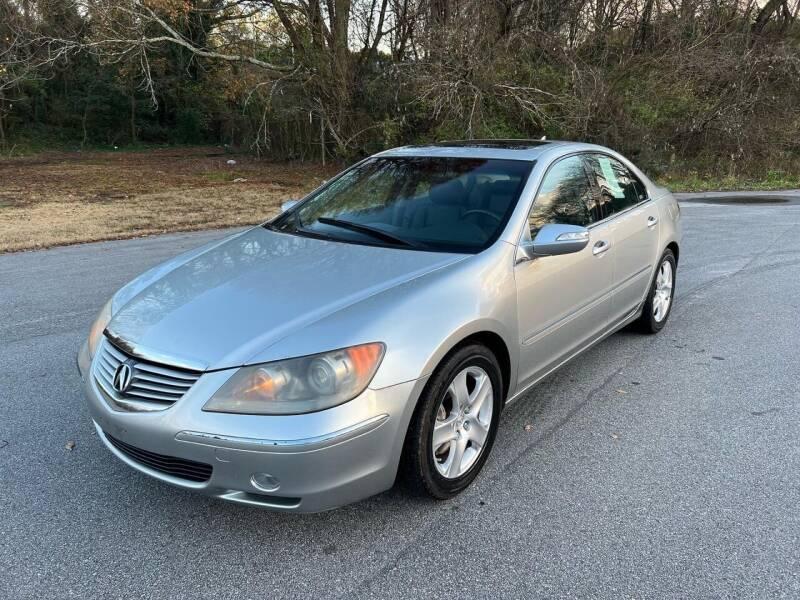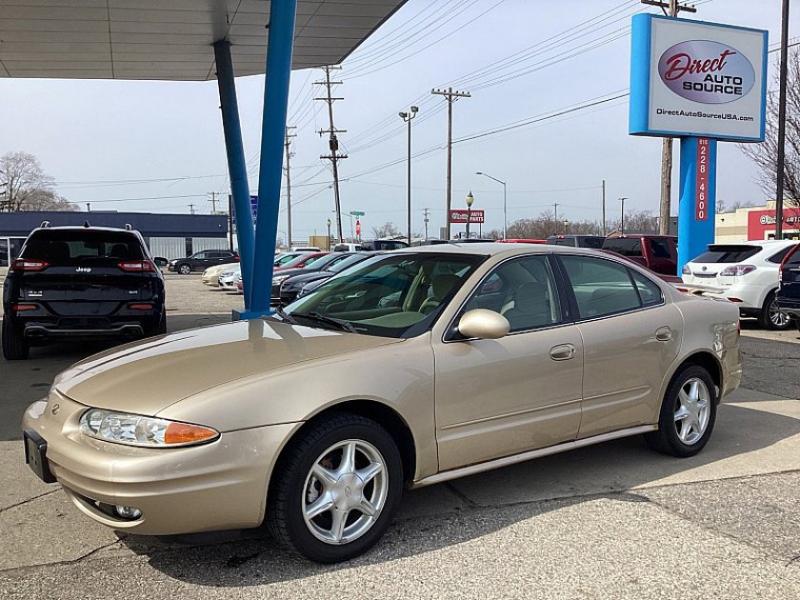Industry Pulse | Scott Chesrown, CRO of Vroom
Mon, 05/30/2016 - 07:30
In today’s connected world, consumers are buying nearly everything online and without hesitation. Companies like Amazon.com have transformed how we purchase products, giving instant-gratification-thirsty Americans what we want at the push of a button or a click of the mouse. Yet, somehow, this major shift has not swept over the automotive retail industry. Sure, people are excited about disruptive brands like Tesla and its “anti dealership” model. But in general, people have been wary of purchasing vehicles online – likely for similar reasons that online dating was slow to take off – “How do I know that what I’m seeing is what I’m getting?”
All of that is about to change if Scott Chesrown has his way. Chesrown is a founding member and the Chief Revenue Officer of Vroom, a completely online car buying and selling service aiming to transform the used car-buying experience.
Vroom has its sights set on the success of CarMax, using its model to shape how their own business operates. Chesrown wants to provide a similarly transparent buying experience, but one that includes a better quality car, a wider selection of vehicles, and targets a different kind of customer. Think of Vroom as the Amazon Prime of used cars.
“We didn’t want to have bricks and mortar, so we tried to leverage the Internet to expand our reach, and it started working,” Chesrown tells us. “Our CEO came on board in 2014, and that’s when we made the shift from an automotive retail to a true online company.”
But it has taken an enormous amount of behind-the-scenes work for Vroom to scale. The Vroom team hired developers to build out a thorough back-end website infrastructure to make the user experience smoother, more fluid. “The thing about the automotive business is that it’s very complex,” Chesrown adds. “There’s (sic) so many transactions taking place. Then multiply that by 50 states and titling and tax law; there’s a lot to cover when you’re trying to ship cars all over the country.”
Adding another layer of complexity, Vroom ships the vehicles that customers buy online to all 50 states every month at no additional charge. That’s not an inexpensive logistic to wrap into an already competitive, non-negotiable vehicle sale price. To manage the delivery volume, Vroom has its own trucking fleet that has traveled nearly 2 million miles since inception.
“For us, it’s worth any added expense in order to relieve anxiety around the transaction,” he tells us. “It’s just one of the additional things we think we should offer. You shouldn’t have to worry about shipping.”
Vroom is working on improving that process by adding features like text message alerts, real-time tracking, and even a custom scheduling tool where customers can provide a day and a time frame for delivery anywhere within the continental United States.
“It’s obviously not for everyone – some people out there just like to negotiate, to feel like they’re getting something,” he adds. “We probably lose a lot of deals a day because we won’t even give as little as a $50 credit to make a sale. We’ve never discounted a vehicle – not even to me, and I’m part of the founding group and have bought eight cars.”
But are consumers ready to buy a used car online, sight unseen?
Ordering and purchasing a new car without laying eyes on it in person is one thing, but selecting and paying for a used vehicle without examining it first-hand requires trust in the Vroom team. There is no local store to visit, where you can develop a face-to-face relationship with a salesperson. But to that end, there is also no pressure of the awkward sales and negotiation process.
A seamless online buying experience
We met with Chesrown following the 2016 New York International Auto Show in March. Vroom has since completely overhauled its online experience, further streamlining the shopping and purchasing processes. “Any vehicle you find on our website, you can see the exact tag, title and tax fees associated with it,” says Chesrown, adding that Vroom is the only online car company with this level of fee transparency. “You put in your zip code and it immediately pulls up exactly what your sales tax is going to be, what your registration’s going to be.” Vroom is likely the only company doing this, for now at least, because it is a massive undertaking to integrate with DMV data nationwide and keep up with state and local data. In fact, there are at least two full-time team members dedicated solely to updating this information. Vroom also aims to change the game of vehicle financing. Often times, in the traditional process of selling a car, the finance office can use this step as a bit of a test to see if a buyer is actually serious about the transaction. Vroom wants to eliminate that way of thinking by requiring less personal information from the buyer during the purchase. “You’ll get an exact finance rate that won’t impact your credit score,” Chesrown tells us. “And it’s a guaranteed rate.” Vroom works with about 30 major lenders, treating the financing process like a marketplace. The banks must compete for each customer based on their credit profile, and they only have about 20 seconds to do so. “Our lenders know it’s not always going to come to Wells Fargo, Capital One, or Ally,” he adds. “They have to be as aggressive as they can because we’re going to present the lowest rate.” Adding to the consumer’s desire for transparency, Vroom shares exactly what they will pay and guarantees that their loan will not be sold off following the transaction.How Vroom builds trust
The fear of buying something as major as a pre-owned vehicle can only be reduced through building trustworthy relationships with customers. One major way that Vroom is accomplishing this is through its unique approach to selecting the vehicles it will list for sale. “We don’t sell any cars in our inventory that have an accident report on them,” Chesrown tells us. “If one pops up with an accident, we’ll liquidate it to wholesale.” Vroom’s philosophy is we don’t want to have to tell a story about the vehicle. “Even if it’s minor,” he adds. “We don’t know the whole story and we don’t want to tell the customer a story about ‘why is there an accident on the report’?” Upon delivery of the vehicle to the new owner, Vroom gives them seven days and 250 miles to drive it and change their mind. If they decide they don’t like it, then Vroom will give them a full refund and come pick up the vehicle. “We fully recondition our cars. We price them to be incredibly aggressive for if you’re comparing mileage and features,” says Chesrown. “I take the risk in shipping you a car for free, with a seven-day return. And if it gets there and you don’t like it – even the color – I pick it up.” That kind of guarantee means that Vroom must be diligent and ensure the quality of the car upon delivery. There can’t be any reason – no dents, dings, scratches or curb rash left unaddressed – for a customer to want to send it back. Vroom has two major facilities in Dallas and Houston, where they currently process every car. The company will also be adding a facility in Indianapolis, making delivery to the Northeast corridor faster. “We should be able to serve 60 to 70 percent of America in that 24- to 48-hour period with just Texas and Indianapolis,” where Vroom will be able to process 300 to 400 vehicles a day, he explains. Once those markets are running smoothly, Vroom will likely expand out West to better serve California, Arizona and Nevada. Beyond that, Florida could be a next stop to reach the Southeast more quickly. “Outside of that, we’re just not planning to have a lot of facilities.” Another way Vroom builds trust with its customers is through no-haggle pricing. Chesrown views his customers very similarly to Amazon Prime customers. Amazon Prime may not always be the least expensive place to purchase a product, but it’s a much better experience than, say, buying the same product on Walmart.com. “We think that we can make the process so stress-free that you just want to build a relationship with us,” he goes onto explain. “That’s what CarMax did really well. They built a brand of absolute trust. You know walking into a CarMax exactly what you’re going to get.” Roughly 40 percent of transactions with Vroom involve customers who trade in their vehicle to purchase a newer, nicer car through the online store. To get an offer, sellers can enter in their vehicle’s identification number (VIN) and upload a few photos of it. Similar to the CarMax method, the offer from Vroom is good for seven days. The difference in the process, however, is that Vroom will wire the money within 24 hours of the transaction and before they come to pick up the vehicle. “We are not a marketplace. We own every car that you see so that we can give the title to you. We’re never going to have 100 locations across the U.S. — we’re going to have seven or eight facilities, and if you want to come pick up the car, great. But I want to be able to ship a car to you, no matter where you are in the country, in 24 hours.”Who are Vroom’s customers?
The online car store sells about $100 million in vehicles every month. In retail, that works out to be about 2,500 cars a month. And Vroom is growing. “We obviously don’t keep every car we acquire, so we have a similarly sized wholesale operation,” Chesrown tells us. “We think we can realistically double that [revenue] by the end of the year with our growth rate.” So, who’s the typical Vroom customer? With 40 vehicle makes, Vroom carries just about every type of car at all times. “By stocking a low-mile 7-Series BMW or a low-mile Toyota Prius, we hit this wide spectrum of consumers. It is very much even,” says Chesrown. “It’s kind of like the Facebook effect – Millennials want this very easy, transparent process, but so do Baby Boomers.” “There’s really no excuse for old-school dealership sales tactics nowadays,” Chesrown professes. “It’s got to be really hard to be a traditional dealer nowadays because there’s just so many ways that consumers can come in armed with information.” Having grown up in the business, with his father as a prominent car dealer, Chesrown understands how the traditional process works. His personal style in shopping for a vehicle has influenced how Vroom approaches car sales. Chesrown believes he can provide a service to the vast majority of Americans through Vroom, which represents just 0.1 percent of the used car market (compared to CarMax’s 1 percent). Ultimately, he wants Vroom selling thousands and thousands of cars every day. Bottom line for Chesrown and the Vroom team? “You shouldn’t have to go to dealerships. And you shouldn’t have to buy a used car that feels used.” Post Tagged: buying a used car, Scott Chesrown, Used car, Vroom
[{"target_id":"255097","alt":null,"title":null,"width":"1300","height":"709","url":"\/sites\/default\/files\/articles-images\/aa\/515.jpg"},{"target_id":"255098","alt":null,"title":null,"width":"2002","height":"1176","url":"\/sites\/default\/files\/articles-images\/5c\/industry-pulse-scott-chesrown-cro-of-vroom.png"}]




